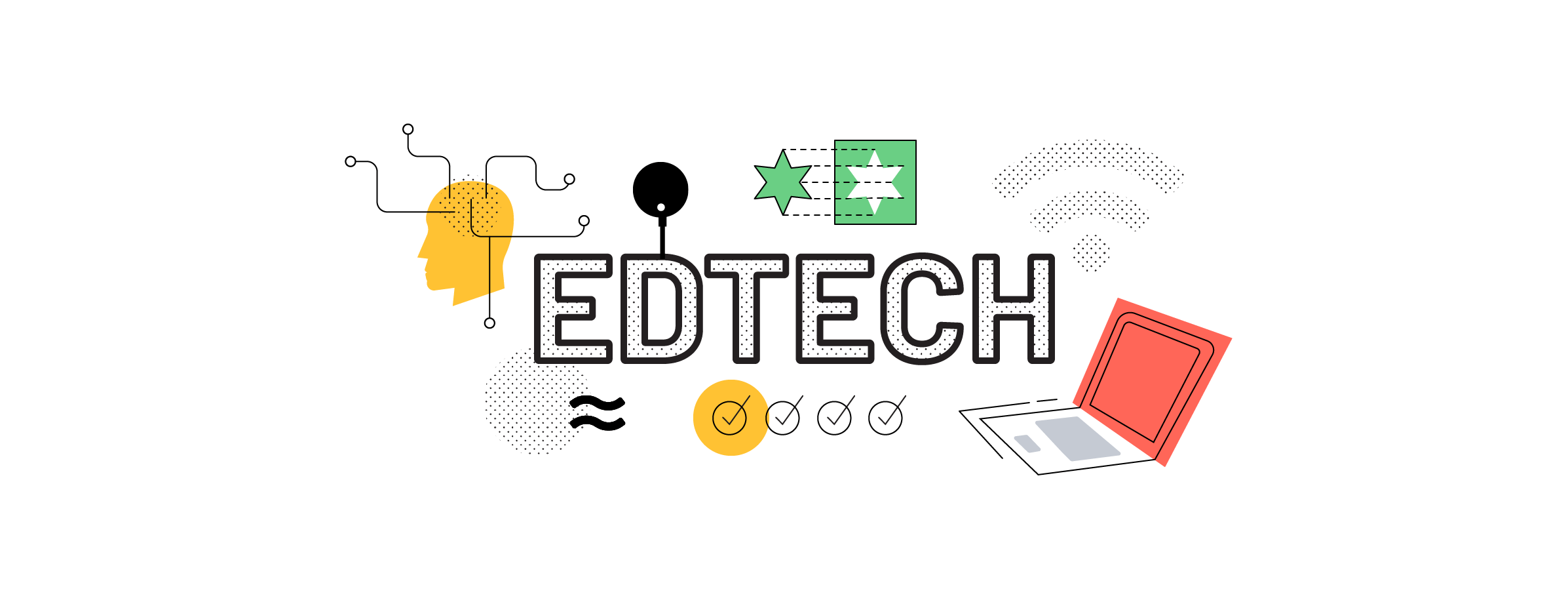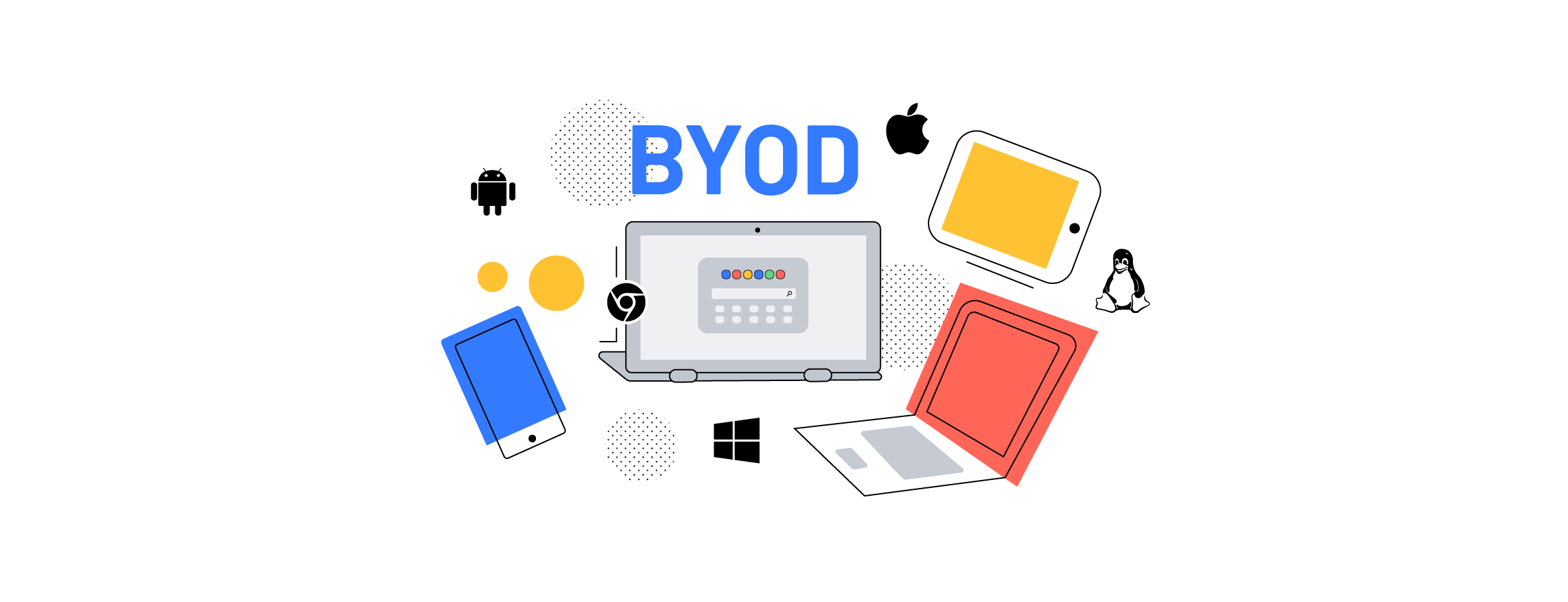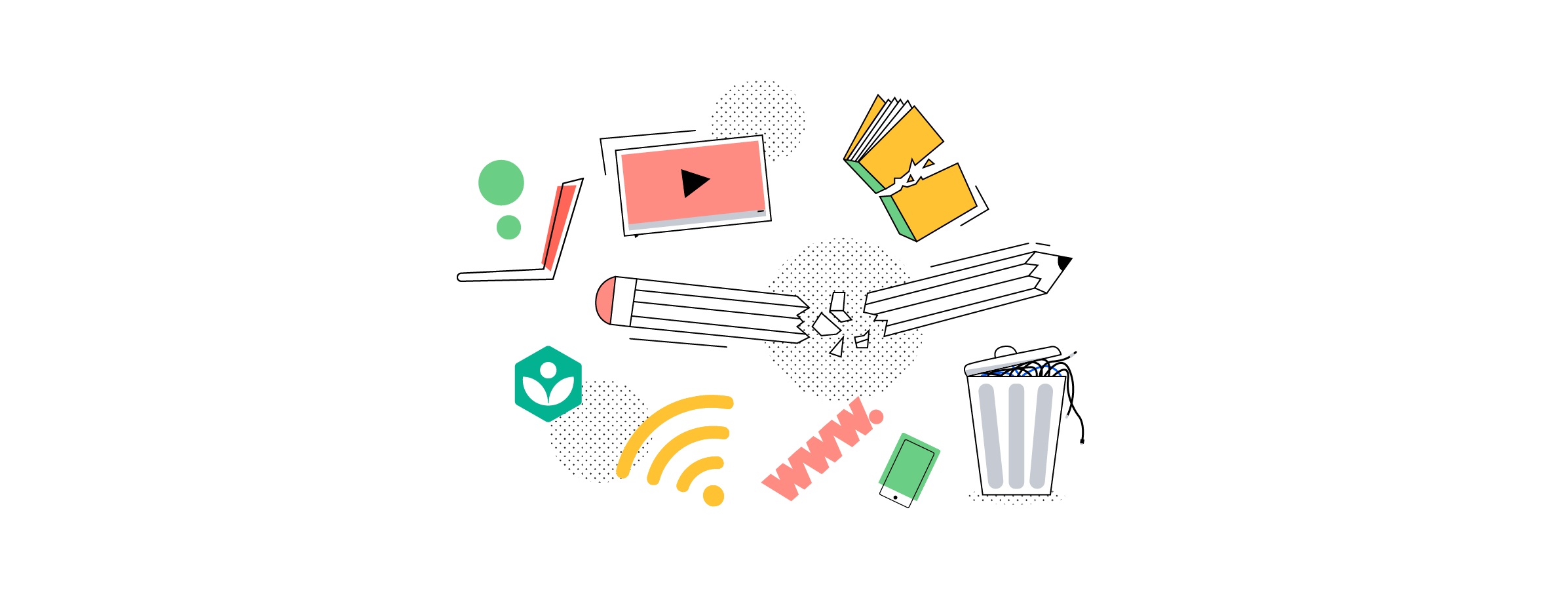Classroom technology provides teachers with a whole new way of teaching and better learning experiences for students. Here are some of the key edtech essentials every classroom needs

Classroom technology provides teachers with a whole new way of teaching and better learning experiences for students. Here are some of the key edtech essentials every classroom needs
Today’s students are digital natives, and they know how to navigate new technologies with ease. Smart devices can be used as strategic learning tools rather than sitting idle.
Edtech tools and technology in the classroom is generating new learning opportunities through personalized teaching, engaging learning strategies and a lot more collaboration than before.
Edtech – or education technology – is about applying digital technology to support better, more personalized learning. It’s everything from the use of computers to teach math and reading to online testing, immersive experiences, screen sharing, AI-fuelled feedback, and so much more.
Furthermore, and despite popularly held opinion, technology in the classroom can be cost-efficient. IT administrators and CIOs at schools or universities need to stretch tight budgets to accommodate the best, most regularly usable tech. Read more about such budgeting dilemmas in our $1k classroom upgrade interview with Minnesota’s Lake Superior College.

Students today are immersed in their digital personas and personal tech outside of school. Therefore, the education sector can piggyback on that mindset and use it to drive engagement.
Early learners, as well as older students, can benefit from the implementation of edtech. By incorporation play, creativity, and familiar digital tools, students are much likely to stay interested.
Edtech doesn’t have to be futuristic and costly, it can be something as simple as using current technology in a new and fun way. That way, no one gets left behind and the whole learning environment becomes – and stays – collaborative.
The BYOD or Bring Your Own Device educational approach is becoming increasingly popular in the classroom. In a BYOD environment, students can bring in their own equipment.
As most students already have their own smartphone or tablet they use for leisure activities, incorporating them can cut costs significantly for a school. And since they’re already using their devices in their private lives, why not embrace it in the classroom too?

In a school environment, students are likely to have a myriad of different devices and operating systems that somehow need to work together. Some prefer Apple for their intuitive design and variety of easy-to-use products, while others would rather go for the straightforward and more widely accessible Microsoft suite.
But the number of Chromebooks in the classroom is rising. Using Chromebooks for teaching purposes is quickly becoming teachers’ favorite because it comes with Google’s education tools and because it’s a much cheaper choice than Microsoft and Apple’s products.
Smartphones in the classroom isn’t an alien thought either. Because so many different types of devices and operating systems are in place in a BYOD environment, the other digital tools implemented in the classroom also need to meet the requirement of several different platforms.
One way to go digital that isn’t just sustainable but also more interactive is to switch to digital textbooks. Digital textbooks are not just online versions of their paper counterparts. Nowadays, they’re much more than that, with incorporations of intelligent software, databases, and individualized training. They can be easily updated and won’t get worn out in time as a regular textbook will.
Aside from saving a lot of money and paper on physical resources such as textbooks, digital learning tools like digital textbooks and online learning academies have the advantage of customization, meaning that every student can get a version of the course that best suits their needs.
Schools can make a tremendous contribution to a healthy and sustainable learning environment by significantly reducing paper waste. Going digital will help curb deforestation and develop awareness around a ‘green mindset’. Learn more about a ‘green mindset’ in schools in our edtech trend piece here.

But besides digital textbooks, we want to highlight Khan Academy, which is a set of online tools mainly based on their YouTube videoes. The YouTube videos serve as a basic understanding of a specific topic, for example, geometry.
Khan Academy’s website provides a set of practice lessons and progress tracking that can be used as a supplement to the videos. And while Khan Academy’s teaching tools aren’t a replacement for regular teaching, they certainly offer great support for more personalized learning in the classroom.
Khan Academy is available in many different languages, including English, French, Spanish, Turkish – and plenty other partial translations. It’s non-profit and can be used by anyone, and there’s even a mobile application for easier access.
Smartboards are interactive whiteboards, and they’re increasingly popular examples of technology in the classroom because they allow students and teachers to interact in a whole new way that’s more collaborative. Where whiteboards only allow writing, smartboards often use digital markers to record what is written. It’s an incredible visual aid that can support both teachers and students.
The Promethean ActivBoard Touch is a great example. An electronic touch board that allows students and teachers to create great content and manipulate it afterward using digital markers.
It allows multi-touch functionality, dry-erase writing and drawing, and compatibility with both MacOS, Windows and Linux.
Promethean even offers more than 60,000 free teaching resources for the smartboard that truly make learning come alive and interactivity an incorporated part of the classroom.
Another smartboard display we can recommend is the Samsung Flip. More on that – and its integration with Airtame – here.

Presenting to a TV or projector n the classroom is an absolute must for a teacher in the modern classroom. But wireless screen sharing can go way beyond just teacher presentations.
Airtame is a wireless screen sharing solution that works in a BYOD environment – all devices and platforms included. It not only lets teachers present to the screen or projector in the room with ease, but the students can.

Wireless presentation also has the benefit of getting rid of messy cables and adding some freedom to the classroom. The cables might not be the biggest concern for most people, but in a classroom with young adults roaming the room, cutting the cables could cause fewer accidents.
Add to that, wireless presentation tools such as Airtame grant teachers the freedom to walk around the room and give their support to individual students, all without losing sight of what’s on the screen.
Having an inclusive screen sharing tool like that will significantly increase collaboration and engagement in the classroom. If you’re curious to learn more about Airtame, just watch this quick video:
Edtech does not create better education of its own accord but can help facilitate teachers to become the best educators they can be. What we’re saying is that edtech should be used as a tool, not necessarily as a complete replacement.
The main idea of implementing technology in the classroom is to create a more dynamic and flexible learning environment.

Using technology in the classrooms allows teachers to give immediate feedback and experiment with their teaching, it can automate otherwise tedious tasks, provide fun and engaging learning environments for students, and help shape the online identities of the modern, digital citizens that the students will become.